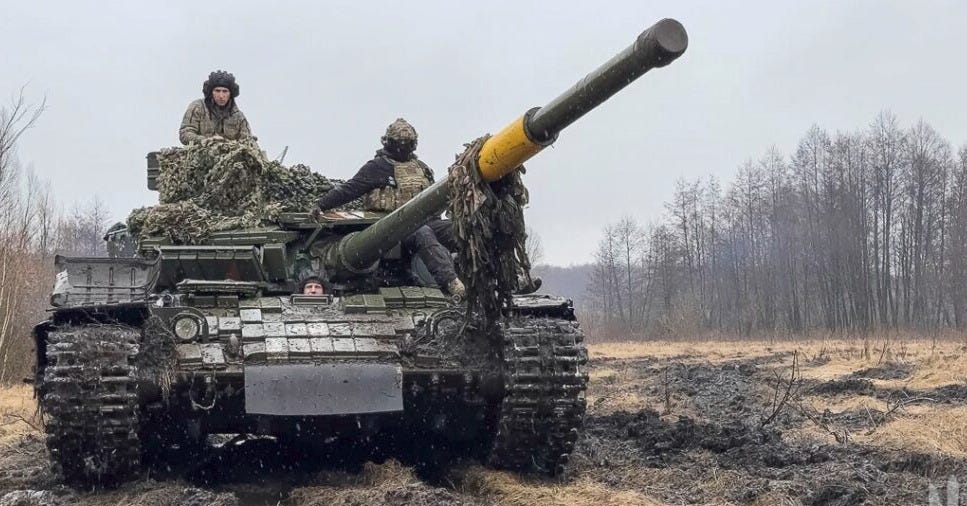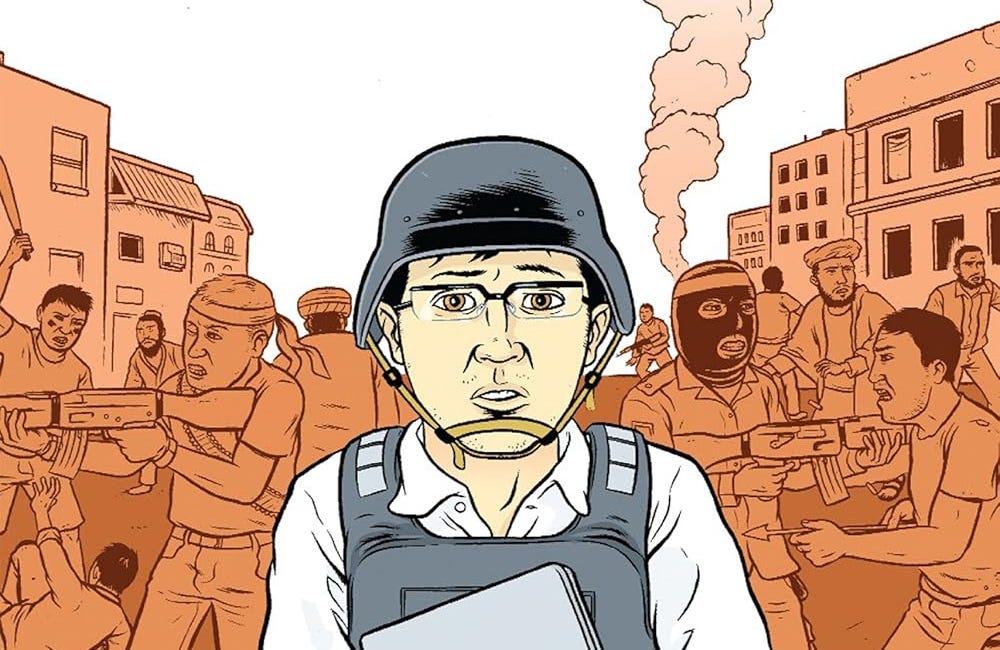Shortly after drone-harried Ukrainian forces retreated from western Russia’s Kursk Oblast in mid-March, bringing to an abrupt end a controversial seven-month Ukrainian incursion, Russian forces counterattacked—and crossed into Sumy Oblast in northern Ukraine.
But they counterattacked on foot, bringing with them virtually zero combat vehicles.
And that appears to have doomed them. Four months later, a large contingent of Russian soldiers and marines from three regiments and brigades is in danger of being surrounded and cut off by Ukrainian troops. And even a massive barrage of Russian glide bombs may not save them from destruction, capture or retreat.
The Russian 22nd and 30th Motor Rifle Regiments and 40th Marine Brigade “are really struggling near Kindrativka,” just outside Andriivka three miles south of the border with Russia, “and may be surrounded soon,” according to analyst Moklasen.
The Ukrainian Center for Defense Strategies noted Ukrainian counterattacks in Sumy Oblast that “complicate the enemy’s advance and threaten the encirclement of Russian troops operating in Andriivka.”
But CDS warned that Russian forces are on the move around Yablunivka, five miles to the east, “attempting to outflank the counterattacking tactical group of Ukrainian defense forces and stop it.”
The main Russian effort is aerial, however. The Russian air force has dropped what Moklasen described as an “insane” number of KAB glide bombs on the forest around Andriivka in recent days. The dozens of confirmed KAB strikes may exceed the number of structures still left standing in the village.
Ukrainian jamming can throw the KABs off-course, potentially blunting the impact of the air raids. Absent effective close air support, Russian forces are in a rare position as their wider war on Ukraine grinds toward its 42nd month. They lack heavy weaponry compared to their opponents from the Ukrainian 79th and 95th Air Assault Brigades and the 225th Assault Regiment.
Ukraine equips its air assault brigades with German-made Marder and U.S.-made Stryker and Bradley fighting vehicles. They’re among the best combat vehicles in the wider war.
Some Ukrainian brigades, including the 1st Heavy Mechanized Brigade, have even deployed tanks for close combat in Sumy—a relative rarity as tanks spend more and more time hiding from the small drones that are everywhere all the time over the 700-mile front line of the wider war. (See video below.)
An army that walks
Having lost more than 20,000 armored vehicles and other heavy equipment, the Russians made a deliberate decision in recent months to pull back their surviving armor—and send regiments and brigades into battle on foot or on motorcycles.
The shift to infantry-first and cavalry tactics preserved a vanishing resource (armored vehicles) by replacing it with an abundant resource (infantry and bikes). With generous cash bonuses sometimes equaling three years of pay, the Kremlin has managed to recruit 30,000 fresh troops a month—enough to replace the roughly 30,000 troops who are killed or wounded in Ukraine every month.
The downside is evident in Sumy. “It certainly becomes much harder to achieve any sort of … call it a big and beautiful breakthrough,” commented Ukrainian-American war correspondent David Kirichenko.
He recalled seeing “these zombie assaults conducted by the Russians.”
“They just send in waves of these soldiers—and, I mean, the drones picked them off and the Russians hoped that, with enough charges, enough soldiers over a few weeks can maybe gather into the bunker of a building and when they get there they start digging in really, really deep and try to build trenches,” Kirichenko added. “And over time, once they have enough soldiers that aggregate in that area … they’re ready to assault the neighboring street.”
The Ukrainians can spoil the grinding infantry buildups by counterattacking with armor—and smashing the initial lodgement. We’ve seen Ukrainian brigades do that time and again in Sumy and other sectors lately, sometimes sending in a single tank to blast the Russian infantry from point-blank range.
The Ukrainians appear to be adapting to Russia’s new tactics. Not just with armored counterattacks, but with simple but effective anti-infantry obstacles, according to analyst Jakub Janovsky. “Everything from anti-personnel mines, [spiked] caltrops against, like, light vehicles—so that they puncture their tires and crash somewhere—barbed wire or modern day concertina wire.”
“If Ukraine manages to scale these defenses sufficiently,” Janovsky noted, “Russia would be in quite significant bind, because reintroducing tanks and [fighting vehicles] in significant numbers would mean again sacrificing very large amounts of those vehicles.”
The Russians are already in a bind in Sumy, having marched in on foot only to rediscover something military planners have known for a century: that poorly supported leg infantry are extremely vulnerable to well-supported enemy armor.
Support the site:







" sometimes equaling three years of pay, the Kremlin has managed to recruit 30,000 fresh troops a month—enough to replace the roughly 30,000 troops who are killed or wounded in Ukraine every month." Can Ukrainian psyops or communication forces exploit the discrepancy in pay for new soldiers and high paid soldiers from Moscow/St Petersburg vs current/veteran soldiers stuck in combat ? Very bad for Russian morale - and the truth....